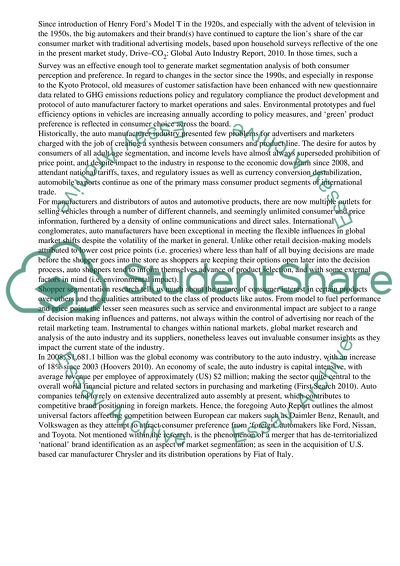Cite this document
(Full Cost Pricing in the Global Auto Market Research Paper, n.d.)
Full Cost Pricing in the Global Auto Market Research Paper. Retrieved from https://studentshare.org/business/1738784-business-decision-making
Full Cost Pricing in the Global Auto Market Research Paper. Retrieved from https://studentshare.org/business/1738784-business-decision-making
(Full Cost Pricing in the Global Auto Market Research Paper)
Full Cost Pricing in the Global Auto Market Research Paper. https://studentshare.org/business/1738784-business-decision-making.
Full Cost Pricing in the Global Auto Market Research Paper. https://studentshare.org/business/1738784-business-decision-making.
“Full Cost Pricing in the Global Auto Market Research Paper”, n.d. https://studentshare.org/business/1738784-business-decision-making.


